The mind behind DeepMind.
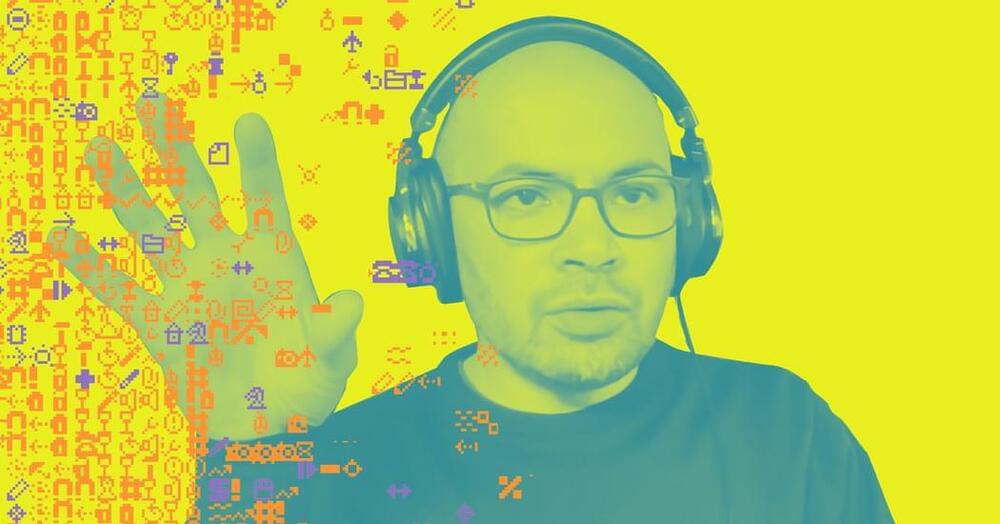

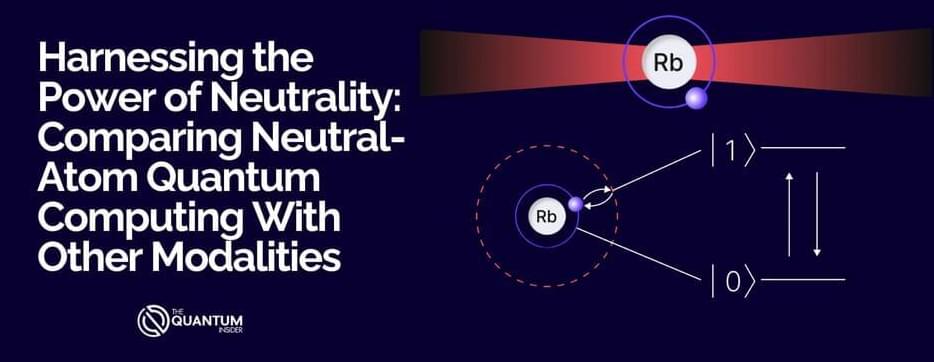
How Does The Neutral Atom Approach Compare
The neutral atom approach is a well-known and extensively investigated approach to quantum computing. The approach offers numerous advantages, especially in terms of scalability, expense, error mitigation, error correction, coherence, and simplicity.
Neutral atom quantum computing utilizes individual atoms, typically alkali atoms like rubidium or cesium, suspended and isolated in a vacuum and manipulated using precisely targeted laser beams. These atoms are not ionized, meaning they retain all their electrons and do not carry an electric charge, which distinguishes them from trapped ion approaches. The quantum states of these neutral atoms, such as their energy levels or the orientation of their spins, serve as the basis for qubits. By employing optical tweezers—focused laser beams that trap and hold the atoms in place—arrays of atoms can be arranged in customizable patterns, allowing for the encoding and manipulation of quantum information.
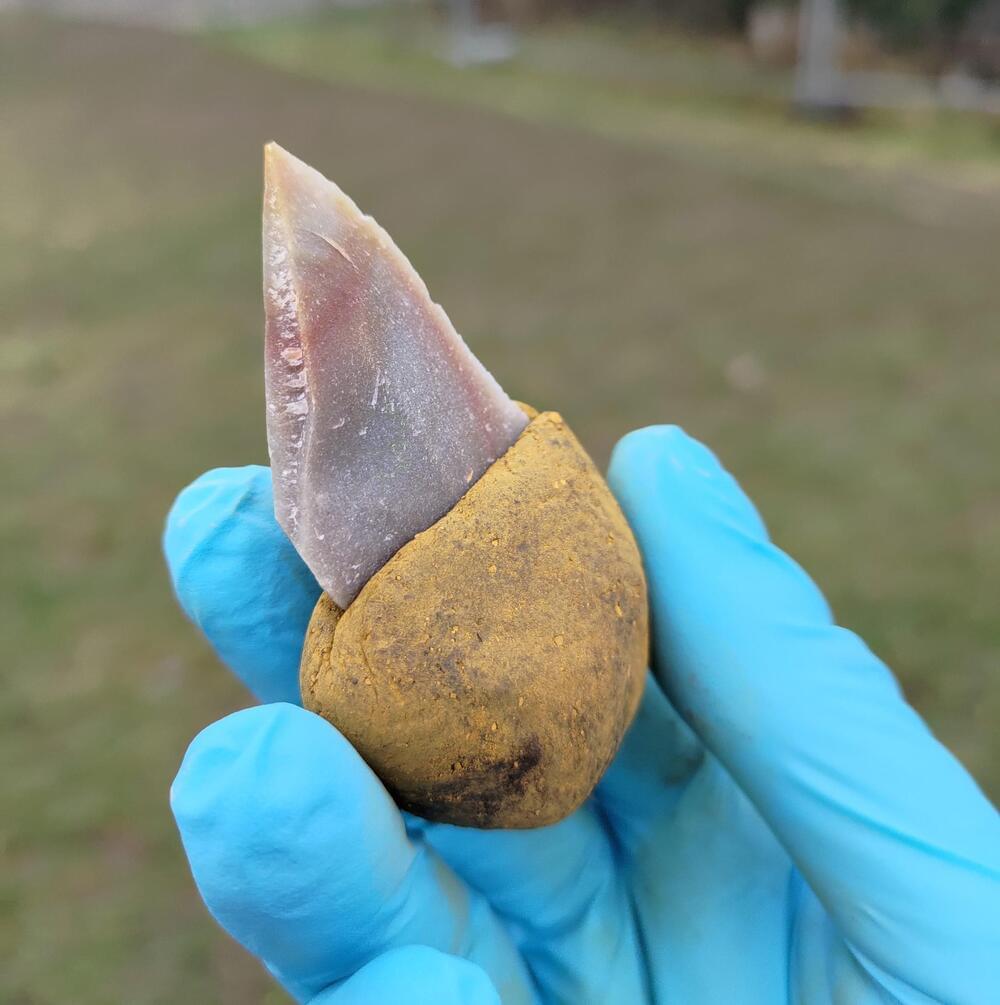
A team of researchers has found that Neanderthals crafted stone tools using a sophisticated multi-component glue. This discovery, the oldest known example of such an advanced adhesive in Europe, indicates that these early human relatives possessed a greater degree of intellectual and cultural sophistication than was earlier believed.
The work, reported in the journal Science Advances, included researchers from New York University, the University of Tübingen, and the National Museums in Berlin.
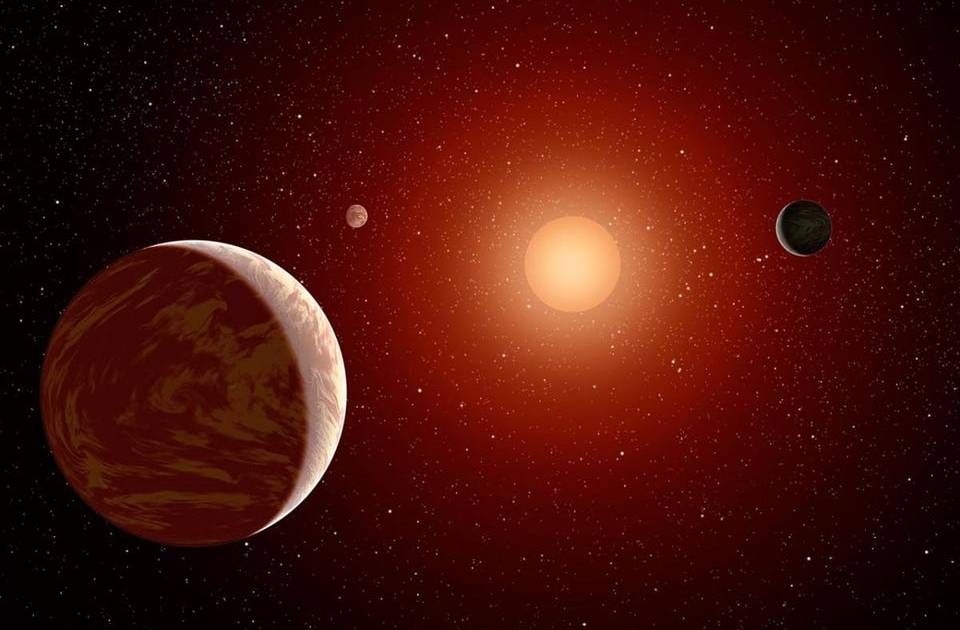
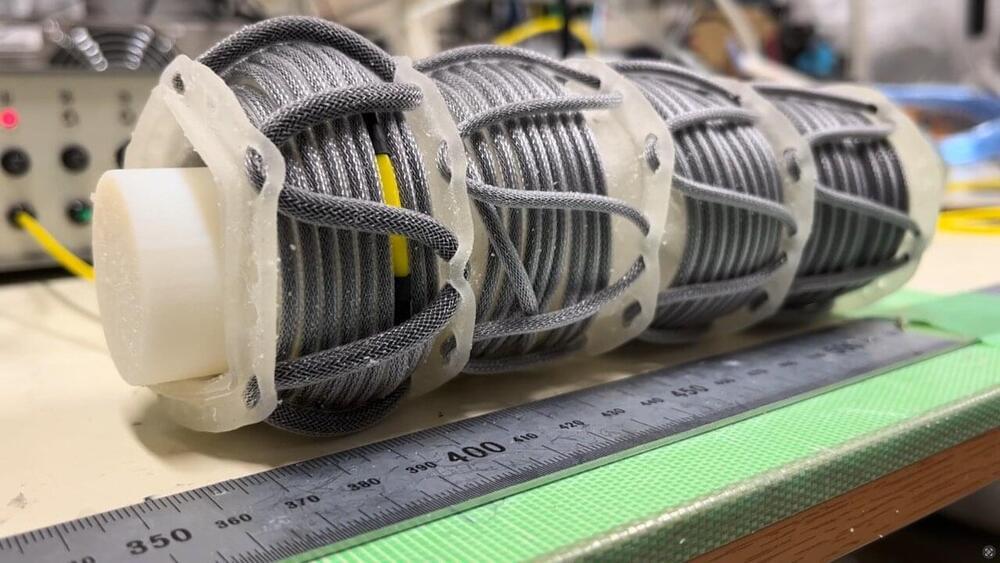
Soft robots inspired by animals can help to tackle real-world problems in efficient and innovative ways. Roboticists have been working to continuously broaden and improve these robots’ capabilities, as this could open new avenues for the automation of tasks in various settings.
Researchers at Nagoya University and Tokyo Institute of Technology recently introduced a soft robot inspired by inchworms that can carry loads of more than 100 g at a speed of approximately 9 mm per second. This robot, introduced in Biomimetic Intelligence and Robotics, could be used to transport objects and place them in precise locations.
“Previous research in the field provided foundational insights but also highlighted limitations, such as the slow transportation speeds and low load capacities of inchworm-inspired robots,” Yanhong Peng told Tech Xplore. “For example, existing models demonstrated capabilities for transporting objects at speeds significantly lower than the 8.54 mm/s achieved in this study, with limited ability to handle loads above 40 grams.”
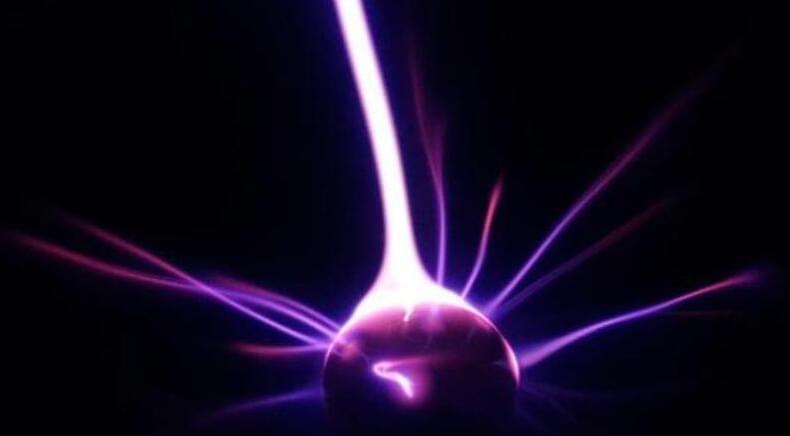
One of the primary reasons for this dilemma is that, while three of the universe’s four fundamental forces — electromagnetism, the strong nuclear force and the weak nuclear force — have quantum descriptions, there is no quantum theory of the fourth: Gravity.
Now, however, an international team has made headway in addressing this imbalance by successfully detecting a weak gravitational pull on a tiny particle using a new technique. The researchers believe this could be the first tentative step on a path that leads to a theory of “quantum gravity.”
“For a century, scientists have tried and failed to understand how gravity and quantum mechanics work together,” Tim Fuchs, team member and a scientist at the University of Southampton, said in a statement. “By understanding quantum gravity, we could solve some of the mysteries of our universe — like how it began, what happens inside black holes, or uniting all forces into one big theory.”
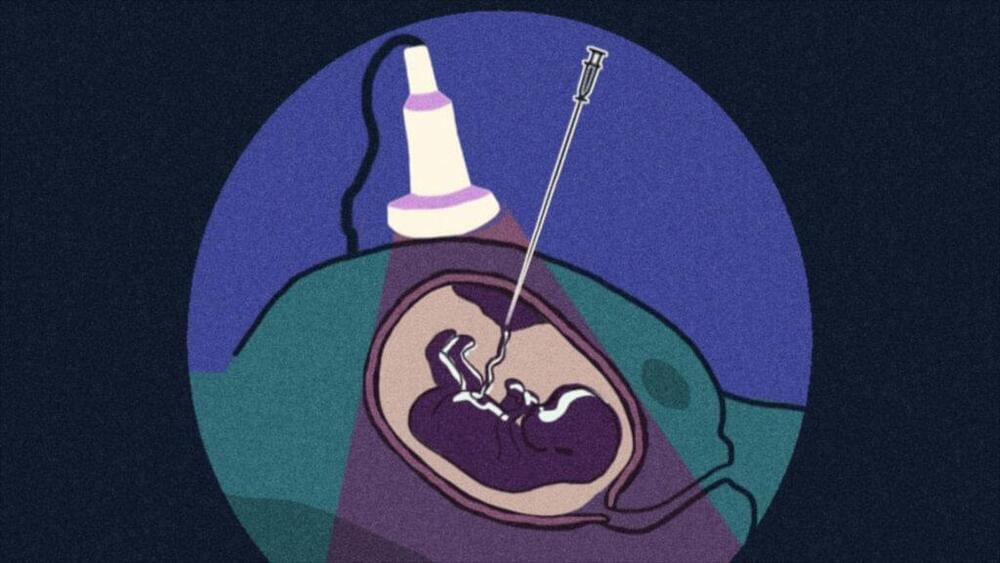
Recently approved gene therapies offer patients one-time, potentially curative treatments for genetic diseases such as sickle cell anemia and beta thalassemia. But “one-time” miracle solutions can often be multi-month affairs, require millions of dollars, and cause painful side effects. What if that doesn’t have to be the case?
In utero gene editing, or prenatal somatic cell genome editing, envisions treating a fetus diagnosed with a genetic disease before birth, thereby preventing that entire protocol and the onset of symptoms in the first place. It would also challenge the need for the ethically fraught enterprise of embryo editing, as the treatment would only make edits in the DNA of the individual fetus — edits which would not be passed on in a heritable way.
Watch this video to learn more about in utero gene editing, how it works, and why scientists believe it might be an advantageous approach to treating certain genetic diseases.
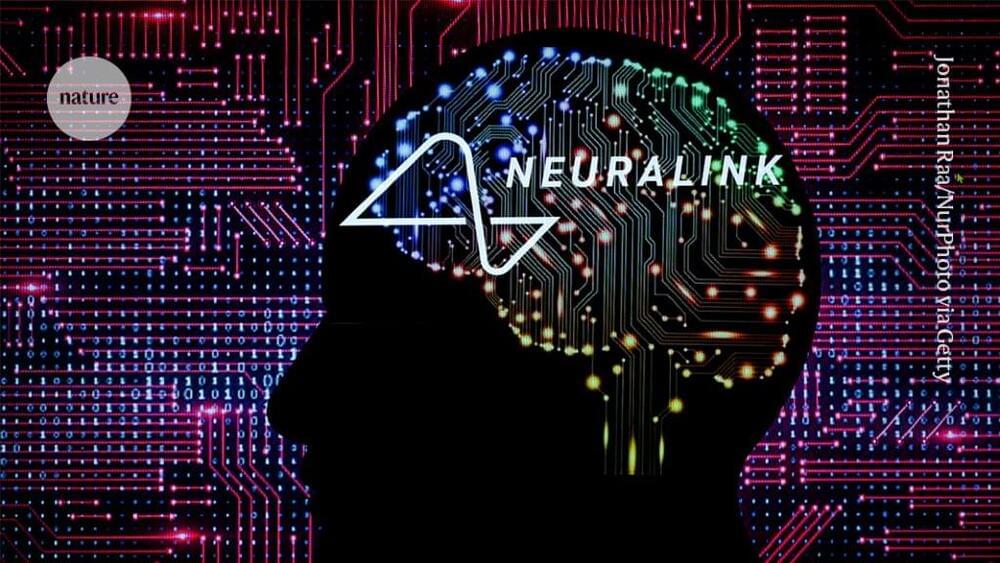

Zhu, H., Yakobson, B.I. Creating chirality in the nearly two dimensions. Nat. Mater. (2024). https://doi.org/10.1038/s41563-024-01814-2
